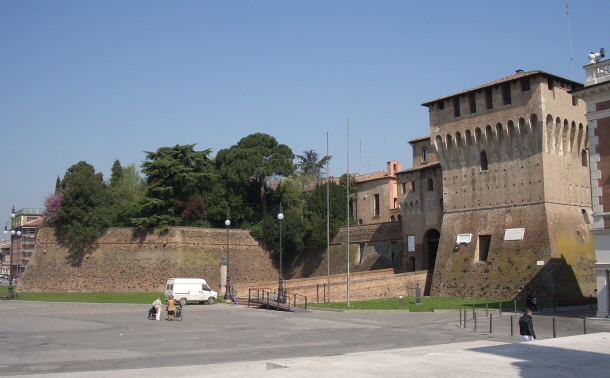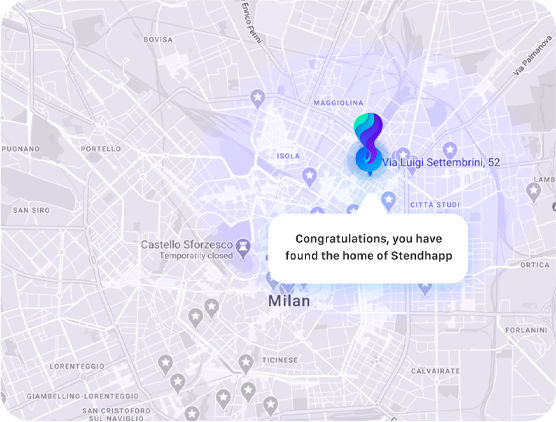In the spring of the year 2023, Lugo di Romagna made headlines as one of the municipalities most affected by the terrible flood that hit the Romagna region. But Lugo – from “lucus,” “sacred forest” in Latin – reveals a story of tenacity that has very ancient roots.
The Incredible Spirit of the Lughesians
In the 5th century B.C. it was a Celtic town surrounded by swamps, which, with conquest by the Romans in the 3rd century B.C., became a centuria, in which land reclamation for agricultural purposes began. After 800 years, the Romans were still in the territory when a 3-century climate deterioration caused the depopulation of the area. Without maintenance, the canals and natural waterways overflowed, again creating a swamp that covered the ancient Roman roads with 2 feet of water. A story already heard…
During the Middle Ages the area was reclaimed again and became a castrum, was Guelph and Ghibelline, then Milanese, and then came under the aegis of the Este family of Ferrara in the 15th century.
At that time Lugo attracted a vibrant and educated Jewish community from Spain and Portugal, whose cemetery still exists today. Suffice it to say that from Lugo comes the famous 11th-century Kaufmann codex of the Mishnah, which is kept in Budapest.
It was the Este family in 1460 who first provided for the raising of the banks of the Santerno River in order to build on the bank opposite the city.
When Napoleon arrived in 1796, the tenacity of the Lughesians showed itself in all its pride: several works of art were requisitioned by Napoleon’s troops, including the bust of St. Hilary, the town’s patron saint. The population rose up and drove back the army, which then had to tear down the barricades with cannon fire.
From Airplanes to Formula 1
The first Italian Aviation Society was founded in Lugo by Rambaldo Jacchia, a well-known member of the Jewish community, and it is no coincidence that World War I aviation ace Francesco Baracca, a gold medalist for military valor, was born here. To this day Francesco Baracca holds the record of thirty-four enemy aircraft shoot-downs – the highest number ever achieved by an Italian Air Force aviator. The symbol of the rampant black horse he designed on the nacelle of the Macchi’s Nieuport 17 was given by his mother, Countess Paolina de Biancoli, to Enzo Ferrari to bring him luck.
Einstein and Ricci Curbastro’s Tensors
There is a direct link between Lugo di Romagna and Einstein’s Theory of General Relativity, which might never have seen the light of day if Gregorio Ricci Curbastro, born to one of Lugo’s oldest noble families in 1853, had not invented tensors – also called absolute differential calculus –the mathematical language that made it possible to describe the curvature of space-time underlying the fundamental equation of General Relativity.
But let’s go step by step: Gregorio Ricci Curbastro studied in Rome and then in Pisa until he became a professor of Mathematical Physics at the University of Padua. Parallel to his academic career, he embarked on a political career, as councilor for Education in Lugo and then in Padua. He refused to run for mayor, however, for fear that he would not be able to devote enough time to his studies.
It is no coincidence that, on October 27, 1921, the year he received the Nobel Prize in physics, Einstein went to Padua to personally thank Ricci Curbastro. Einstein spoke in Italian and thanked the great mathematician from Lugo for having made a fundamental contribution to his theory through differential absolute calculus.
Everything is relative, but one thing is certain: those who go to visit Lugo, in addition to seeing the splendid Rocca Estense, the Paviglione, and the Chiesa della Collegiata, pay tribute to a population that, over the centuries as in the present day, has always distinguished itself for its tenacity, intelligence, and spirit of sacrifice.
Photo: Wikipedia





